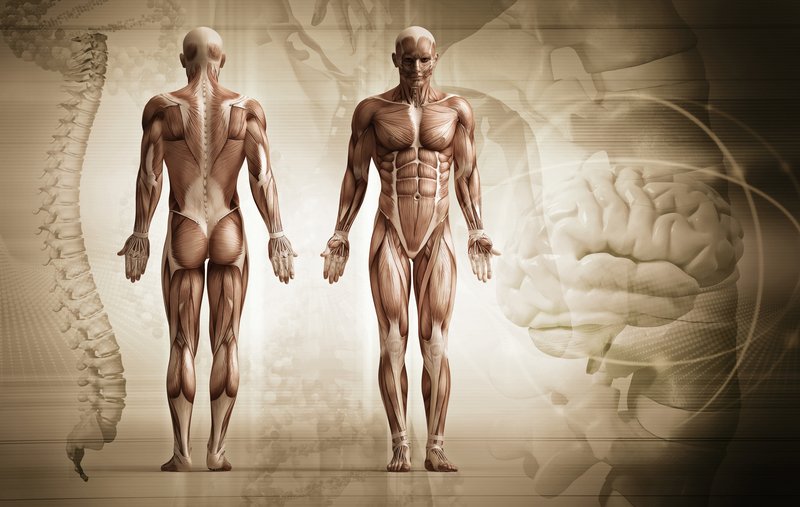One of the most powerful tools in rehabilitation is repetition. Whether you’re recovering from an injury, dealing with a chronic issue, or simply aiming to improve your walking or running technique, the process of ingraining a new movement pattern—specifically a corrected gait—requires consistent, mindful practice. But it’s not about spending hours each day working on the correction. It’s about integrating small, focused practice sessions throughout the day to retrain your nervous system. This strategic approach is the key to success, and it’s something physical therapists emphasize regularly with their patients.
The Science Behind Gait Relearning
Gait dysfunctions—whether in walking or running—stem from inefficient or improper movement patterns. These patterns often arise from muscle imbalances, joint issues, or neurological factors, and they can contribute to pain or discomfort over time. Fortunately, gait correction is possible, and physical therapy can help guide the process. However, just as any other motor skill, a new, corrected gait must be repeated frequently to be solidified.
Research supports this. Studies have shown that the frequency of practice plays a more significant role in acquiring new gait patterns than the task’s complexity. In other words, rather than performing a few intense practice sessions, it’s more beneficial to engage in shorter, frequent bursts of practice. The nervous system needs consistent, brief exposure to the desired pattern to “rewrite” the old movement habits.
Three Tiers of Gait Correction
At my clinic, we’ve established a three-tier system to encourage this frequent practice. We call it the Gold, Silver, and Bronze system. These categories help individuals set realistic goals for how often they need to practice gait corrections throughout the day. Here’s how it works:
- Gold Medal Homework: This is the highest level of commitment and involves performing 2-3 minutes of focused gait correction every hour. The frequency of this practice is crucial in accelerating the rewiring of the nervous system.
- Silver Medal Homework: This level involves practicing the gait correction for 2-3 minutes every two hours. While it’s not as frequent as Gold, it’s still a substantial amount of practice, providing multiple opportunities to reinforce the new gait pattern.
- Bronze Medal Homework: For those who may not be able to commit to the Gold or Silver levels, this is still a worthy goal. Practicing 2-3 minutes every three hours still gives you six opportunities throughout the day to focus on your new movement pattern.
The beauty of this system is its flexibility. No matter how much time you can commit, practicing gait corrections frequently is the key to transforming your walking or running technique.
Building Up to Complex Corrections
The process of habituating a corrected gait doesn’t happen overnight. It’s a gradual process, where you start by focusing on one corrective movement at a time. Initially, your physical therapist will introduce a basic correction to set the foundation. This first step is important—it allows your body to familiarize itself with the new movement, ensuring that the muscle memory starts to shift.
As you progress, the difficulty of the exercises will increase. On your next visit, your therapist may challenge you to refine the initial correction, making it slightly more complex. Additionally, they will introduce a new correction that builds upon the first one. At this point, you’re juggling two “balls”—one that’s more challenging but familiar, and one that’s new but simple.
In subsequent sessions, this pattern continues. You add a third correction, and the demands on the first two increase. Over time, the complexity grows, but so does your ability to perform each corrective more effectively.
The key is consistency. The more frequently you engage with the corrections, the faster your brain and body will internalize the new gait patterns.
Why Consistency Is Key
The phrase “practice makes perfect” is often used in relation to learning new skills, and when it comes to gait correction, this couldn’t be more accurate. Repeated exposure to the new gait pattern is critical for the nervous system to adopt the movement as a permanent habit.
If you’re aiming for faster results, the Gold Medal approach—practicing 2-3 minutes every hour—is your best bet. This intense frequency ensures that the new gait pattern is consistently reinforced throughout the day.
However, even the Bronze level can lead to significant progress, as long as you stay consistent. The goal isn’t to overwhelm your body with long practice sessions; instead, it’s to engage in regular, small intervals of correction. Over time, these 2-3 minute sessions will add up, creating a cumulative effect that leads to lasting change.
The Power of Habituation
What makes the Gold, Silver, and Bronze system particularly effective is that it fosters habituation. Habituation refers to the process by which repeated exposure to a stimulus—such as a specific movement pattern—gradually makes the behavior automatic. The more often you practice the corrective movements, the less effort it will take for your body to perform them correctly, even in everyday situations.
The ultimate goal of gait correction isn’t just to improve your walking or running form temporarily; it’s to engrain the correct patterns into your daily life. Once these movements become habitual, you’ll notice that walking or running feels easier, more efficient, and less prone to pain or injury.
Patience and Persistence
It’s important to keep in mind that gait correction is not an instantaneous process. The nervous system needs time to adapt to new movement patterns, and this adaptation can only occur with consistent practice. Some people may feel frustrated at first, especially if they don’t see immediate results. However, persistence is the key. The more you commit to practicing the correct patterns—even in small intervals—the more noticeable the improvements will be.
Additionally, remember that gait correction isn’t a one-time fix. It requires ongoing attention and commitment to ensure that the new patterns remain in place and continue to improve. Just like maintaining any habit, consistency is vital.
Conclusion
Correcting your gait—whether for walking or running—is a process of gradual change, and consistency is the cornerstone of success. By incorporating short, frequent sessions of focused practice throughout the day, you can retrain your nervous system to adopt healthier, more efficient movement patterns. With the right commitment, you’ll find that what once felt like an effort becomes second nature, improving not only your physical performance but also your overall quality of life. So, start small, stay consistent, and remember: every 2-3 minutes counts.



